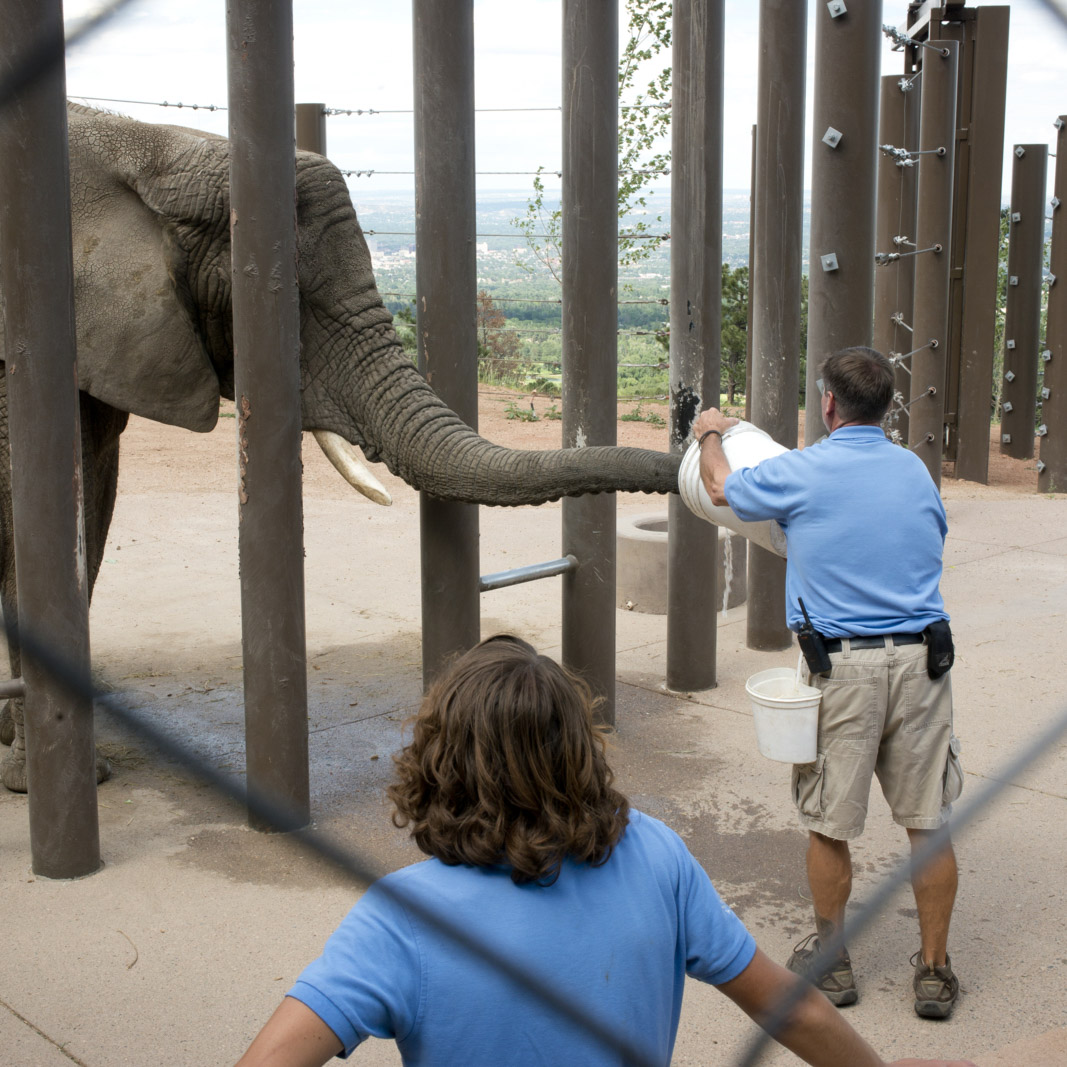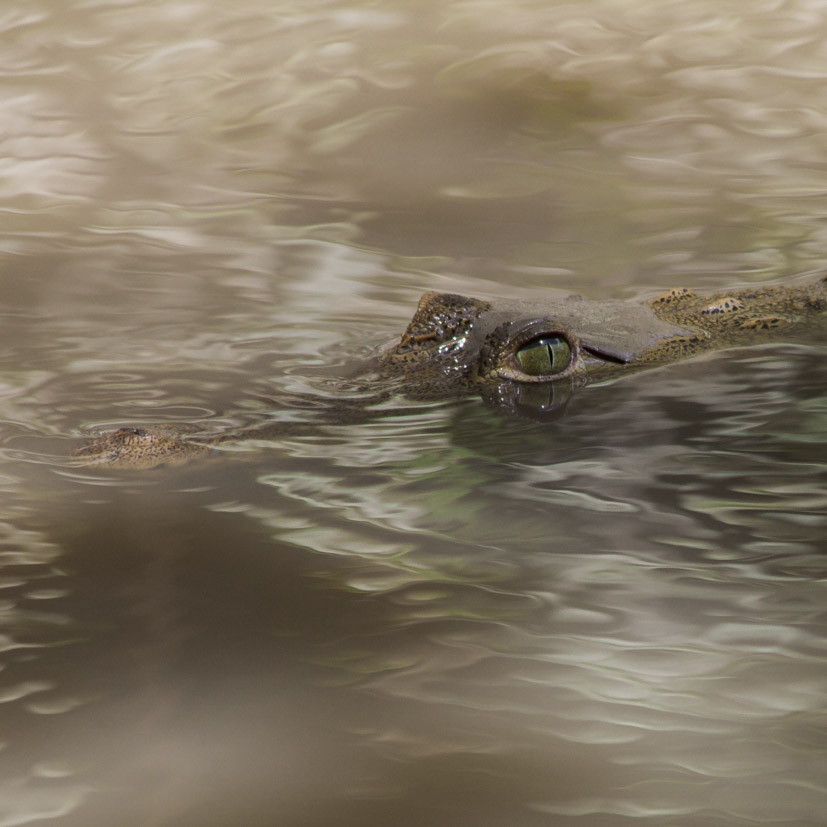Degree Type: Associate of Applied Science Degree, AAS, Certificate, CER
Pathway: Science, Engineering and Math
Ready for a career where every day is an exciting adventure? Turn your passion for animals into a lifelong career with PPSC’s Zoo Keeping Technology program! One of only six programs nationwide, we offer hands-on experience in caring for endangered species. You’ll dive into conservation, animal husbandry, exhibit design, biology, and preventative medicine. Graduates enjoy rewarding careers in zoos, wildlife preserves, humane societies, and aquariums.


This program is designed to prepare students to be zoo keeping technicians and animal care professionals. Classes include training in science foundations, animal husbandry, career development, horticulture, exhibit design and veterinary zoo keeping giving the students the background for a career in the animal care professions.
The Core Animal Care certificate is designed to enhance the Zoo Keeping AAS degree or introduce students to animal careers other than Zoo Keeping.
Veterinary Technology is the perfect career path for animal lovers. Our program offers hands-on training that prepares you to work in diverse settings, including veterinary clinics, research labs, wildlife rehabilitation centers, and livestock care.
Explore Veterinary TechnologyWhen you study Biology at PPSC, you will learn from faculty with diverse areas of study and life experiences. With an associate degree, you could get a job as a lab technician. If you pursue advanced degrees, you could go into fields like nursing, dentistry, pharmacy, veterinary medicine, and public health.
Explore Biology
Career and Technical Education (CTE) – Notice of Non-Discrimination and other disclosures.